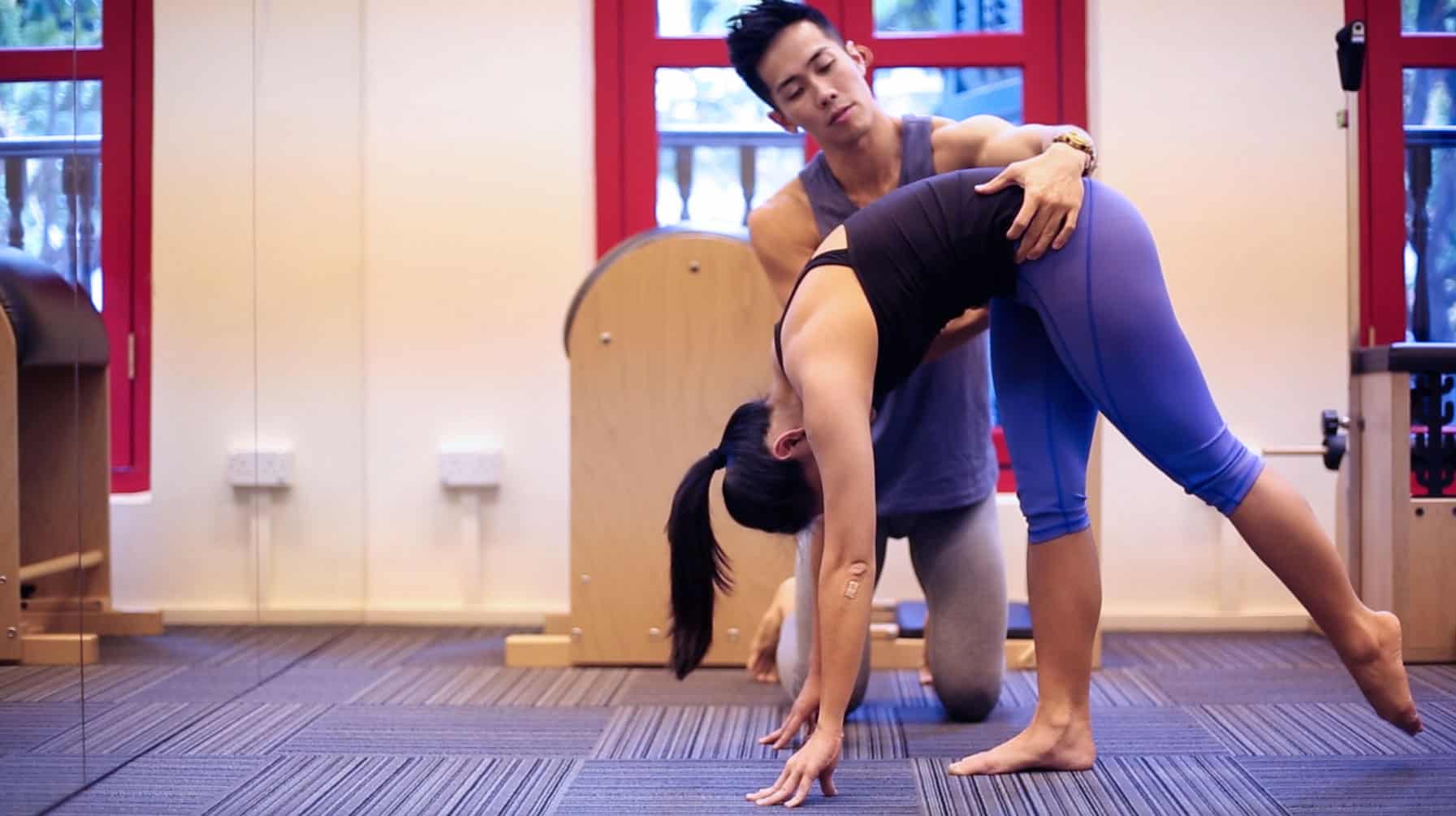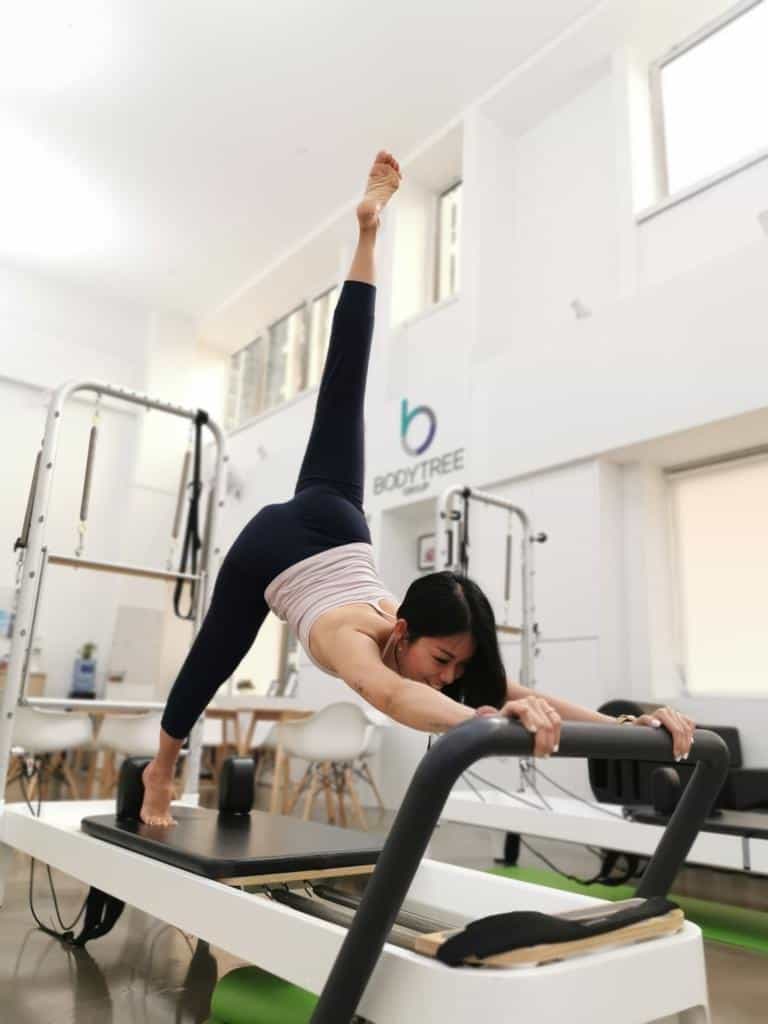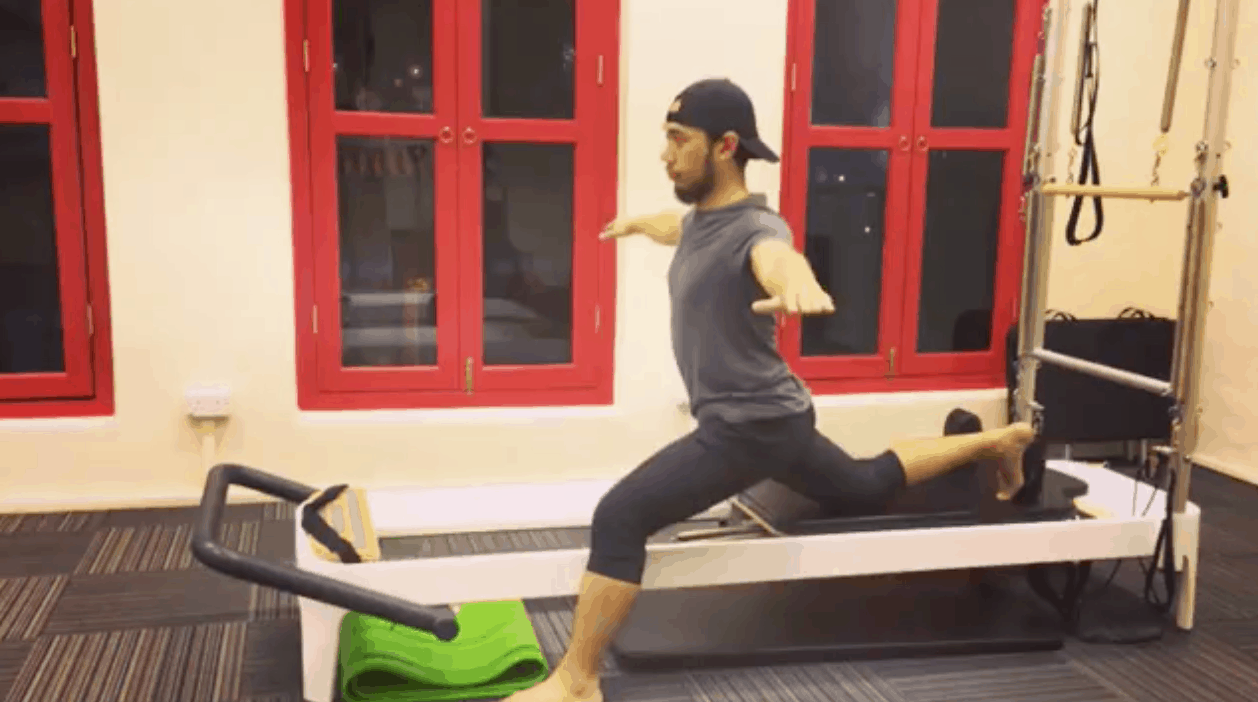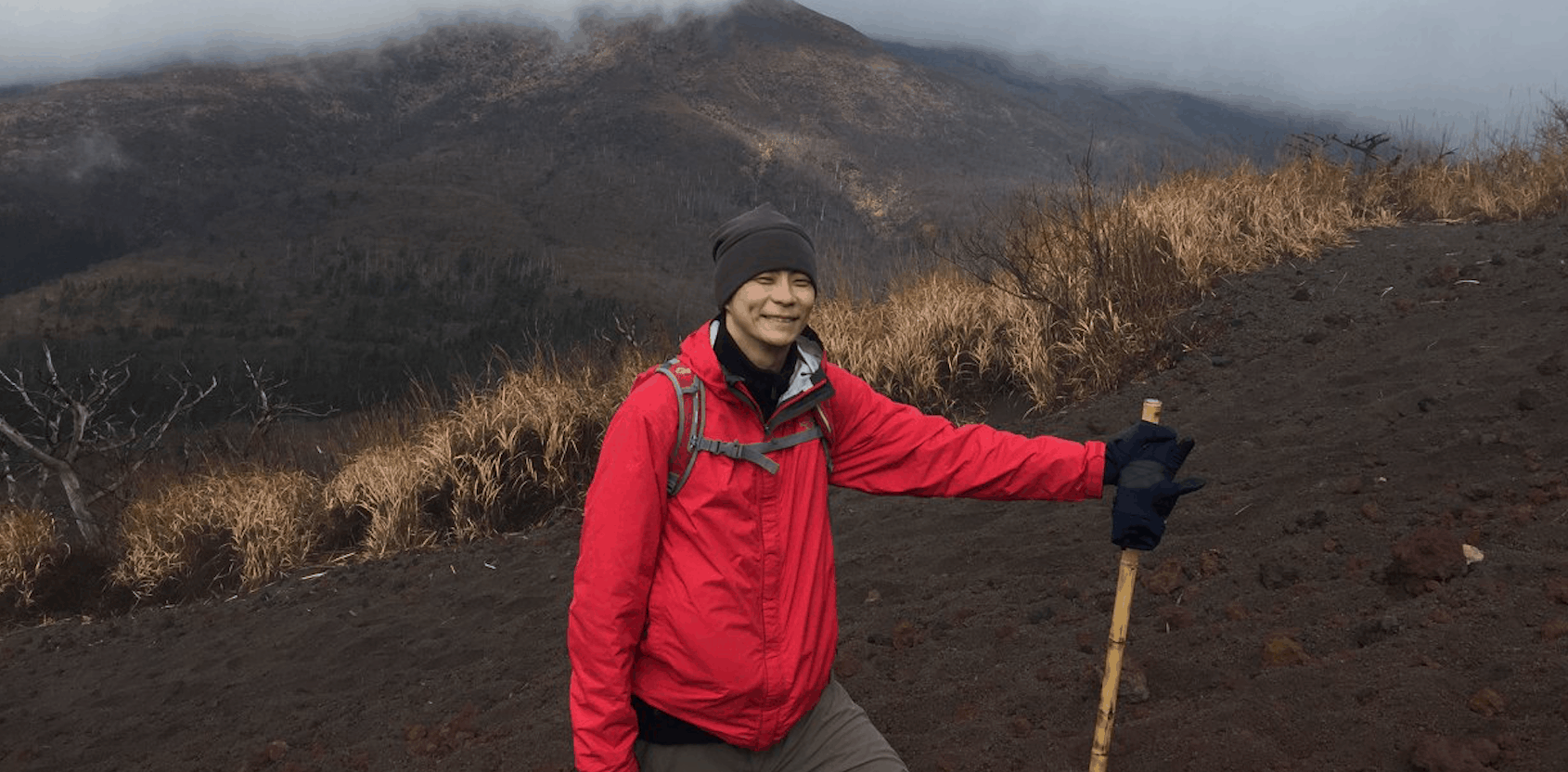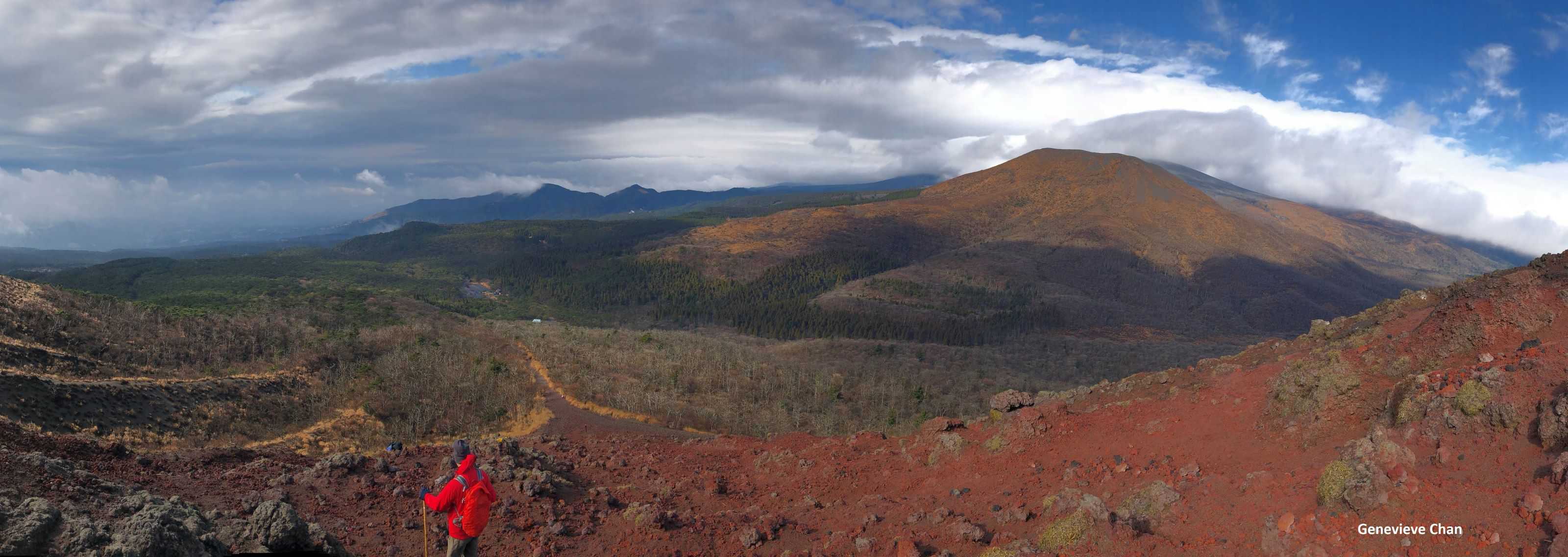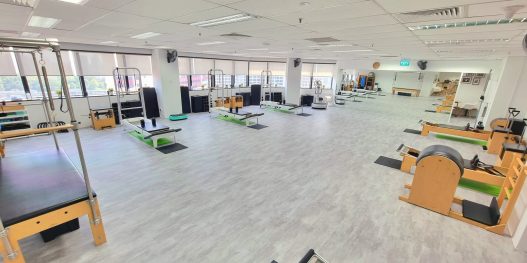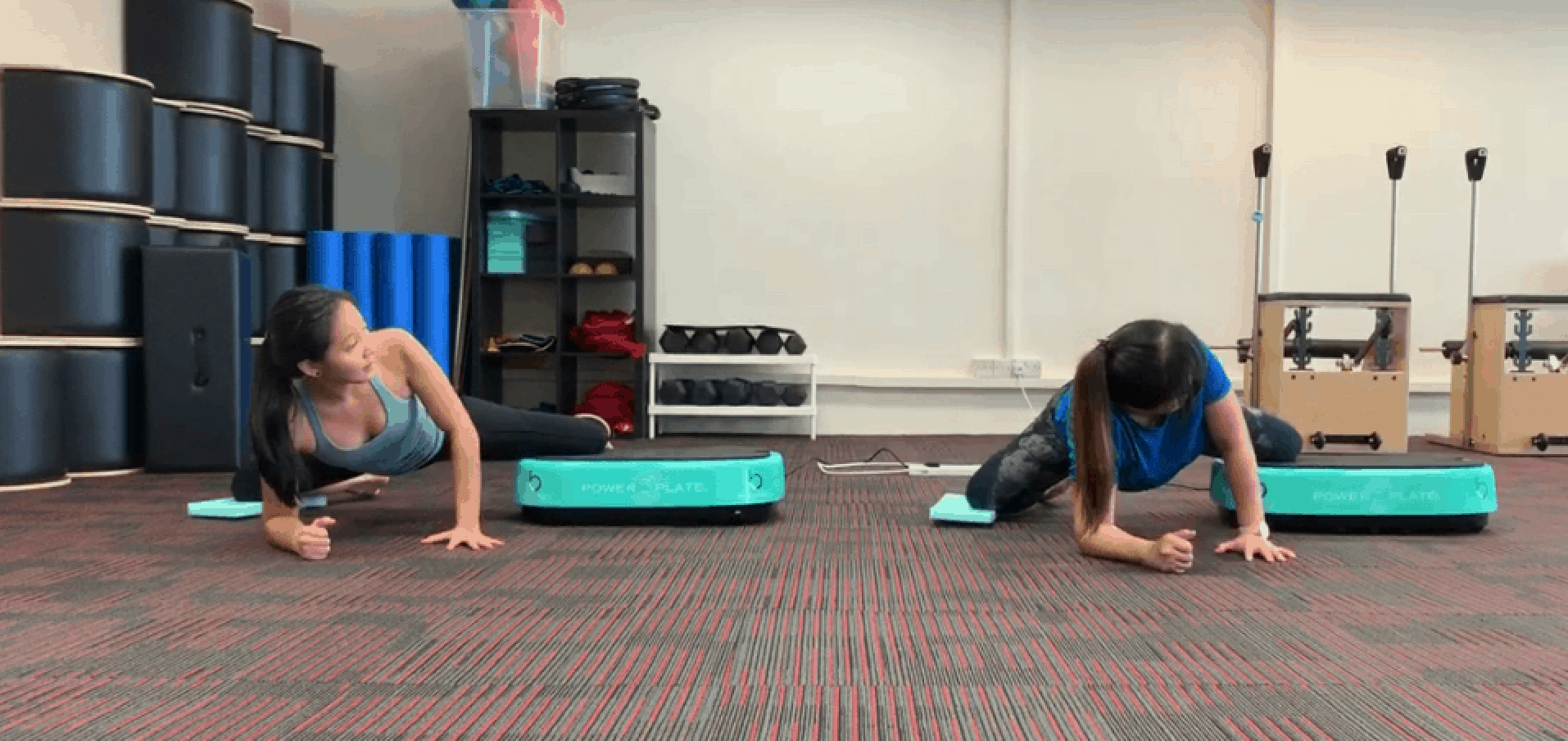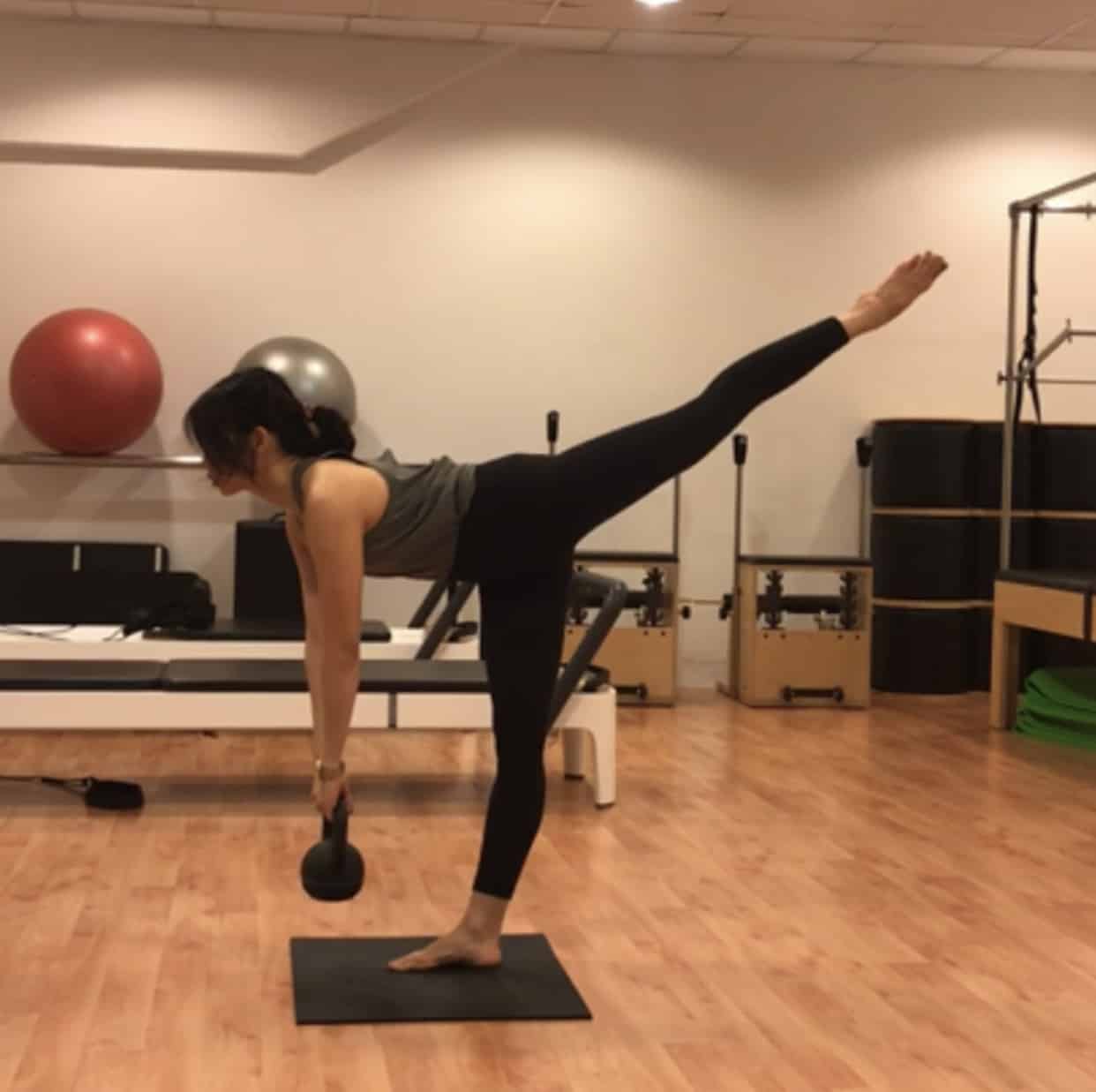If you want to condition your body, gain strength and flexibility, reinforce your self-esteem, and enliven spirit, then Pilates and yoga are 2 practices that can help you achieve these objectives.
Pilates and yoga are called mind-body practices because they promote mental well-being and physical wellness. Pilates mat classes and yoga classes are both mat-based programs that improve blood circulation and tone the muscles using body weight as a natural resistance tool.
Both systems have been shown to alleviate symptoms in low-back pain patients.
Beginners often confuse these 2 systems and wonder which would better meet their needs. Pilates and yoga have some major differences and understanding those may give you some insight.
Yoga :
Yoga originated in India more than 5,000 years ago. Yoga postures increase overall strength and flexibility. Most of the poses are done with the aim to increase endurance of the muscles. Yoga is about the union of body, mind and spirit through meditation, physical postures and different breathing techniques. Yoga provides a meditative environment to provide stress relief and improve your overall quality of life.
Yoga consists of 5 principles, namely Asanas (postures), Pranayam (correct breathing), Dhyana (meditation), Saucha (proper diet), and Savasana (complete relaxation).
Standing postures tend to feature heavily in yoga beginner classes.
Pilates :
Pilates is a much younger practice than yoga. It was developed by Joseph Pilates in the early-20th century. Pilates is a low-impact, resistance-based physical program that focuses on initiating all movements from the center or core of the body, extending out through the limbs. It promotes core strength, spinal flexibility and symmetrical musculature with intentional rhythmic breathing.
Pilates is based on some principles including Centering (starting a movement from the midline), Control (eg the ability to use primarily the group of muscles necessary to perform a Pilates mat exercise without straining other superficial muscles), Precision (the “quality over quantity” philosophy) and Breath (using breath actively to give our bodies an “internal shower”).
Pilates Mat movements are performed either with the back or front of the body on the mat, or lying on the side. This gives beginners an opportunity to begin feeling the connection between the different sides of their bodies and how they relate with each other, using the mat as a feedback tool. This sense of connection starts a conversation within one’s body and ignites one’s body Awareness, another Pilates principle.
Awareness, or being mindful will help you go deeper into your selected practice, be it yoga or Pilates mat.

